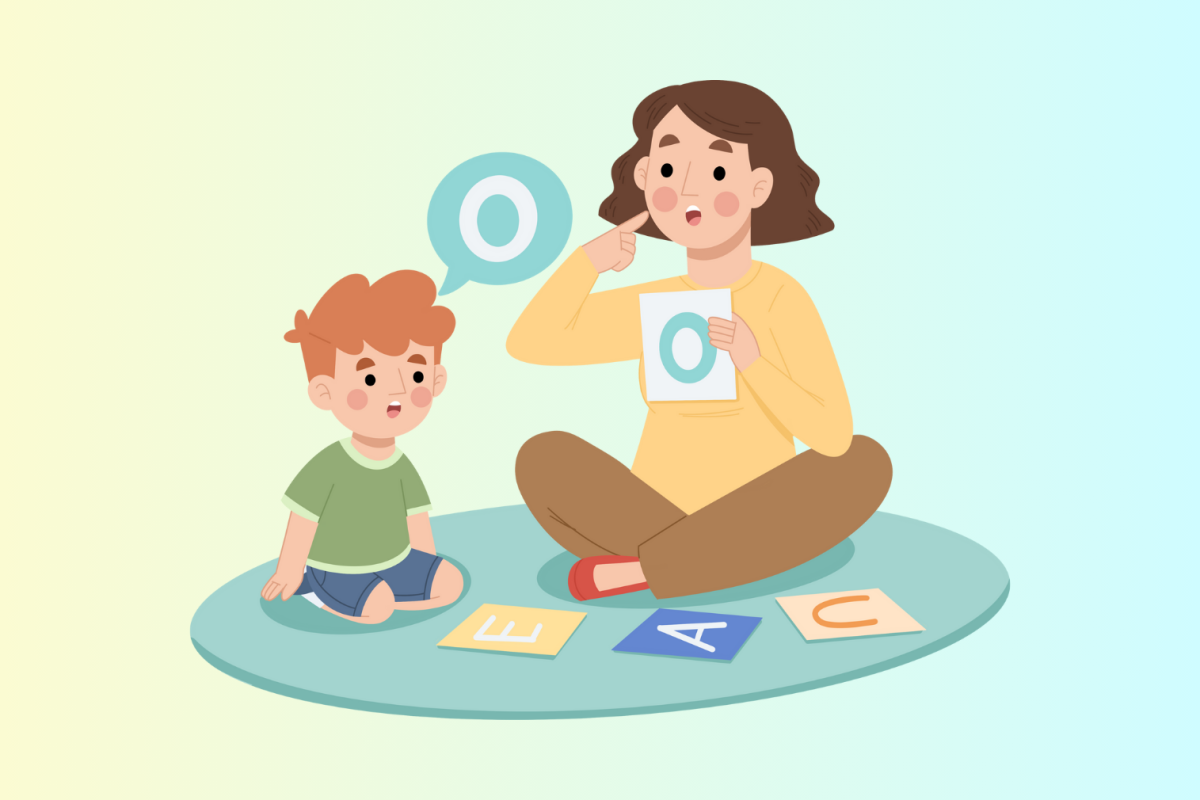Reading by 9: Teaching your child to read? Use these tips from a speech language pathologist

- Share via
As an early intervention speech language pathologist, I work with very young children (ages 18 months - 5 years) with delays or differences in their communication development. There are three main areas of focus in therapy with young children: what children understand; what children can express verbally or nonverbally, including vocabulary, word knowledge, grammar and sentence structure; and how children use language — including for example, requesting, refusing, greeting, asking/answering questions, conversation and narrative.
Sharing books with toddlers is a wonderful activity that targets many goals. No matter how old the child is, it is important to meet them where they are, in terms of their language abilities and interests. Simply listening to stories develops the capacity to attend to auditory information, sharing books in a more conversational way opens the door to so much more. In addition to pre-literacy skills, sharing books builds relationships and reciprocity, as well as expanding receptive and expressive language. Book sharing grows vocabulary, models grammar and encourages conversation as children begin talking.
When reading a book with young children, choose simple stories or picture books. Parents or caregivers don’t need to read the exact words; rather tell the story from what is pictured. Go slowly and keep your language simple. With very young children, point to pictures and label what you see. This encourages children to point as well, in response to the picture labeled.
Single word labels can expand to full sentences, more descriptive explanations, and then to beginning conversations. Pointing and labeling “bear” becomes “Here is a bear” becomes “Look at this brown cuddly bear” becomes “Look, here is a teddy bear. You have a teddy bear that is brown and cuddly, just like this one.”
Repeating books is enjoyable and provides an opportunity for children to choose their favorites. Stories can be told in the present tense, and then reviewed using past tense forms. Caregivers can use books to encourage talking about other experiences; this begins to develop narrative skills. “This is an elephant. See his big ears? Remember when we saw the elephant at the zoo? It was sooo big!”
As children become preschool age, caregivers can start to introduce the main idea and begin to ask comprehension questions. “Who, what, and where” are the easiest (as they are often evident in the pictures). “When, why, and how” are more sophisticated. Inferencing and predicting are other important language skills that children can practice with books.
The most important benefit of all is to have fun together by sharing a love of books and stories!
Sherri Elkaim
Owner, Sprout Speech and Language Pathology